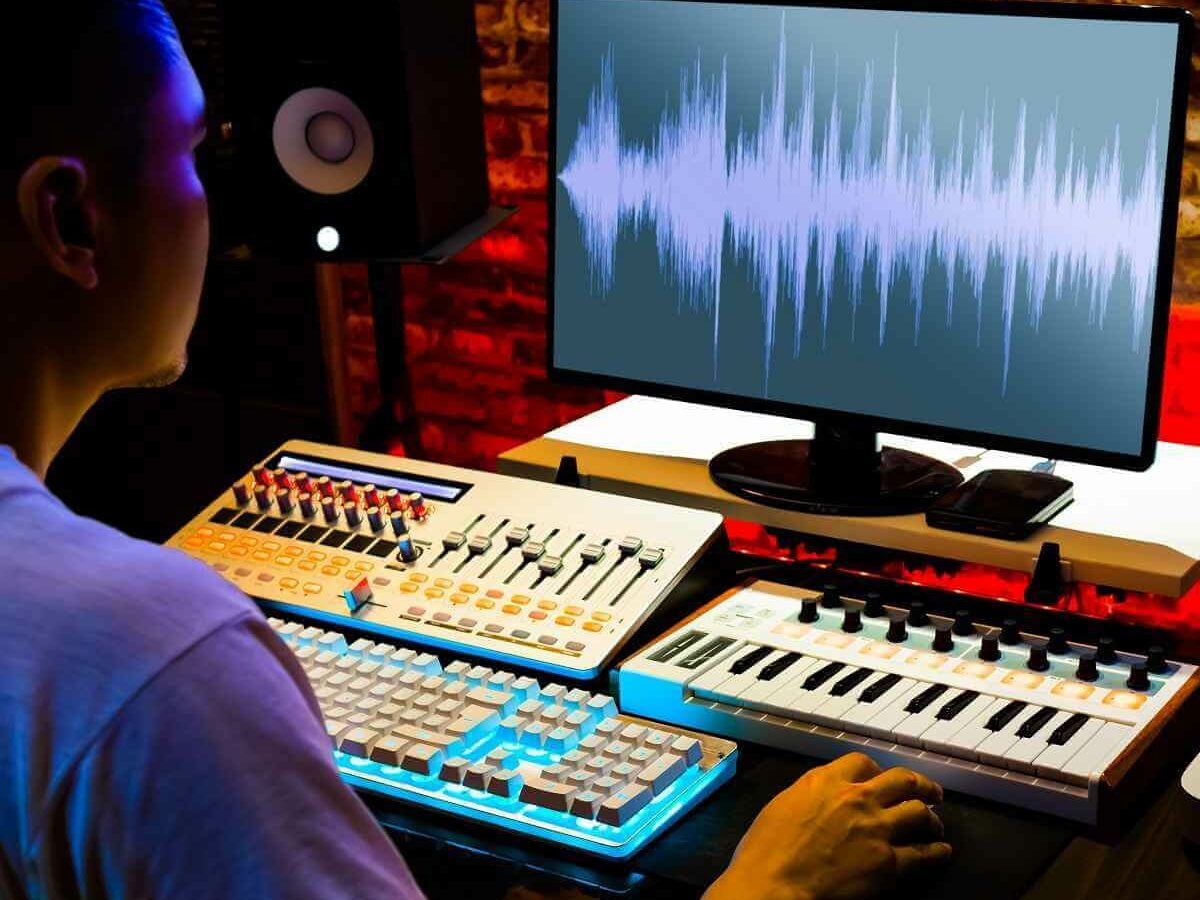
I've done a mix of a song with me doing the vocals as a kind of placeholder until I can get someone better to sing it. But I'd still like to tweak it as best as possible to avoid scaring away prospective vocalists. My singing voice is a bit nasal, and I'd like to know if there is a 'classic' frequency or frequency range to apply some parametric EQ cut to in order to reduce this nastiness. It's hard for me to be objective about my own performance, so any tips on where to start tweaking are welcome.
SOS Forum Post
Editor In Chief Paul White replies: You don't say what kind of mic you're using but some dynamic models with harsh presence peaks can sound somewhat nasal. However, any halfway decent mic should be able to deliver a good, balanced vocal sound with little or no EQ or other processing. The trick is to get the sound as good as you can at source before thinking about processing, though the following guidelines on EQ may be useful if your voice itself is really the source of the problem.
The origin of Voicemeeter: www.voicemeeter.com. Voicemeeter is a donationware, all participations are welcome. 2 If you distribute Voicemeeter in a professional domain (to companies, institutions and any organizations) where users / employees are not in position to pay for the software they use, then you will have to pay for Voicemeeter. Adobe Audition; MixPad; Voicemeeter Banana; Audio Router; VSTHost; Traktor Pro 3; Serato DJ Pro; Adobe Audition. Adobe Audition is both a sound mixer and a recorder that many top Twitch streamers use to manage their audio quality. While some of the features may be more advanced for beginners, as you learn the software, you’ll be able to. If you don’t want to use the noise gate that’s packaged with Voicemeeter, you’ll have to use something else. Right now I have my microphone set as Hardware Input A1, the mic audio gets sent to virtual input B1 where it Adobe Audition picks it up and applies effects to it.
The standard technique for identifying the offending frequency range is simply to set up a narrow-band EQ boost and sweep it across the frequencies until you find the spot where the nasal 'honk' is most pronounced. You can then place an EQ cut at this frequency, which is likely to be in the 800Hz to 1.5kHz range. Once you've found the right frequency, increase the Q to narrow the cut band until the honk just starts to come back, then reduce the Q slightly again so that you're making an EQ cut that's no wider than is really needed to get the job done. It's also a good idea not to use more cut depth than you actually need, as too much EQ is nearly always detrimental to the sound.
Voicemeeter Adobe Audition Pro
However, room acoustics can also cause honkiness so make sure that the room you are recording in is fairly dead-sounding. You can reduce room coloration by hanging a duvet behind your singing position to dampen any reflected sound bouncing back and into the mic. Moving slightly to one side or to just above or below the mic can soften the sound of the vocal slightly and the best way to judge this is to monitor through headphones while you sing, then move your head around until you find the best position.
Voicemeeter Adobe Audition


If all else fails, just accept that you have a nasal voice and capitalise on it. It didn't do Bob Dylan's career any harm!

